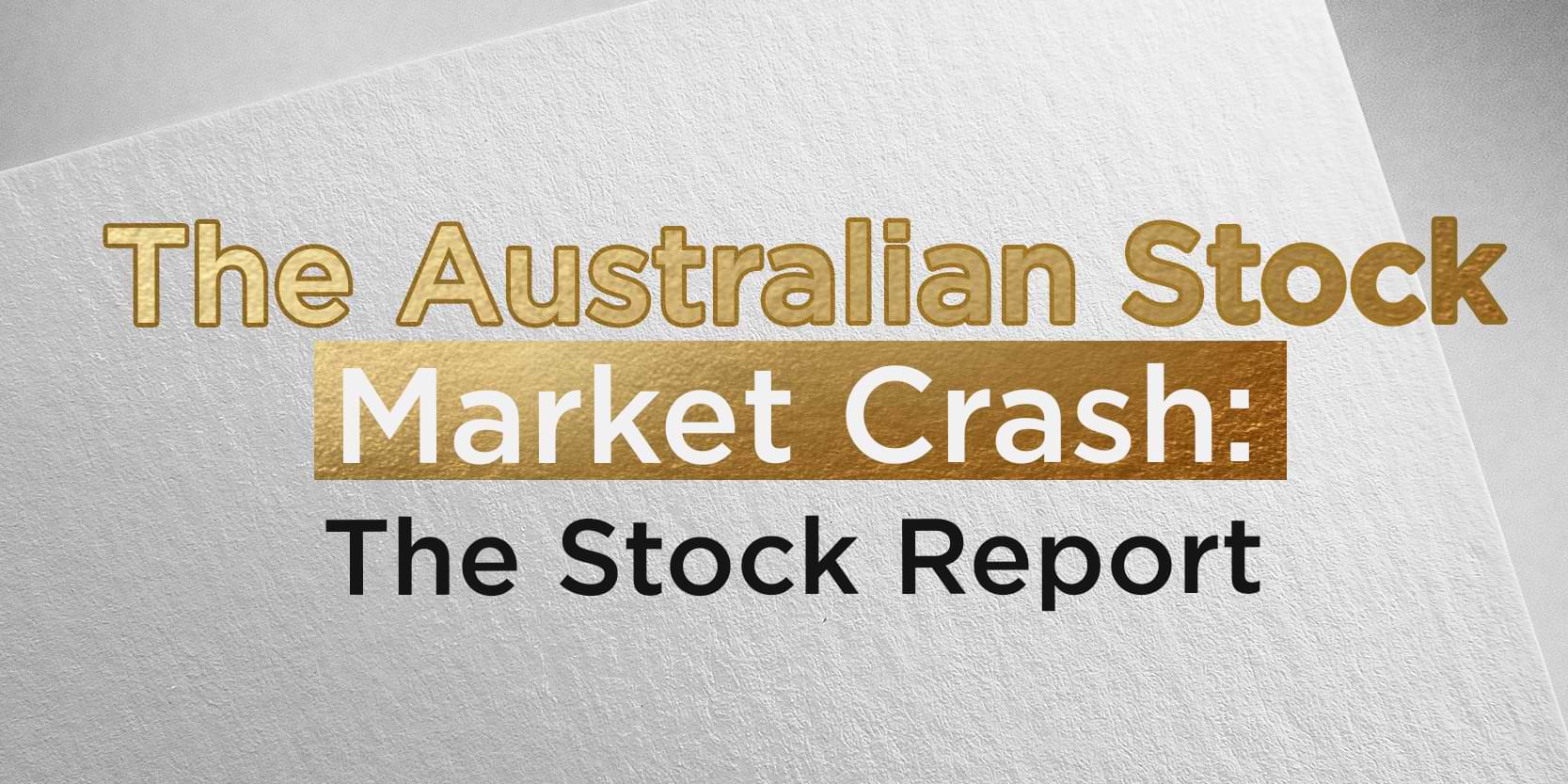
The Australian Stock Market Crash: The Stock Report
The Australian Stock Exchange (ASX) has been on the headlines after experts announced that a crash is imminent within the year. Now everyone’s in a frenzy debating over the possibility of a plummet as severe as 40%. The stock market is an important pillar of a country’s economic activity—any negative movements are naturally going to affect the entirety of the population. Investments, retirement funds, HYSAs, and other financial products will be hard-hit by a crash, hence why everyone’s on edge with what’s going on with the ASX. Here’s everything you need to know about recent developments.
How Does The Australian Stock Market Work
The ASX is worth over $1.5 trillion and is home to over 2,000 companies that trade between 10 AM to 4 PM on weekdays. It works like any other stock exchange in the world: companies that go public are listed on the exchange, where they sell company shares to investors. The latter will then have an opportunity to earn a profit if the company does well, which is determined through various factors, such as liquidity, trends, sales revenue, and supply and demand.
From the ASX, the top 200 companies are categorised into the S&P, which are bundled together and measured as a baseline for performance—an Australian stock market index expressed through percentages and points. An upward trend in either of these indicators specifies that the market is doing relatively well. Apart from the S&P, the Nasdaq index is also an influential overseas player to watch, as it categorises companies that fall under the growing tech sphere and motivates how the local tech sector moves.
Behind The Story of The Australian Stock Market Crash
Stock market crashes aren’t new in trading history. There have been many key moments where the market faced instability due to long-running bull markets, periods of speculation, and instances where the earning margin is much higher than average. This event shares similarities to a cryptocurrency bubble: because the opportunities are simply too good, sceptics start pulling out of the market, eventually causing prices to drop by a large margin.
The ASX has experienced its fair share of crashes. In particular, the 1987 crash—more commonly known as Black Monday—is etched into history as one of the worst yet. Unlike long-running recessions, the incident in 1987 was a one-day affair, where the ASX saw its worst trading day in history. In particular, the global market was in a crisis after the Dow Jones Industrial Average (home to brands like Nike and Procter & Gamble) dropped by 22%, creating a domino effect worldwide. Moreover, despite the business boom at the time, most of the money used to fund the businesses in the entrepreneurial index was borrowed, causing a problem of overborrowing. By the end of the year, the entire index was wiped out with negative balances.
In more recent history, the ASX experienced another historical crash just a year ago. The market took a major hit due to COVID-19, plummeting to an all-time low with a $140 billion loss in a single day. Market analysts called it the worst trading day since October of 2008 (where another incident, called Black Friday, also resulted in a mega-market plunge). This incident was induced by fears over the pandemic, which was causing a mass-selling frenzy worldwide. Since then, the market has recovered to astronomical highs—but now experts fear yet another ASX crash.
Crash History: Why is it Happening Again?
While the pandemic-fueled early 2020 state of the ASX was less than favourable, the market quickly picked itself back up and rebounded by the end-of-year. In 2021, stocks are trading actively again, rebounding to a record-breaking 7,100 points in February after last year’s under-6,000-point fiasco. Factors helping this boom include the lightened air travel restrictions, a housing bubble, and particularly strong tech and “buy now, pay later” sectors.
Moreover, stimulus checks are helping increase economic movement, coupled with the Reserve Bank of Australia (RBA)’s decision to retain a near 0% interest rate, bringing positivity into the bleak market. Vaccination drives are also giving hope to the population, urging them to return to pre-pandemic investment practices.
However, this frenzy of good news is a double-edged sword. There’s been an increase in speculative investments, resulting in larger risks in an economy where a small error can topple over the optimism that’s barely able to keep itself from falling. Seasoned investors are watching the market like hawks and are determining the best time to hit sell and be over with this bullish cycle. Fears over a crash are not unprecedented—the ASX is currently treading on unstable grounds, hence why some are extremely wary about making big moves.
Could The Australian Stock Market Overcome a Crash?
It’s important to understand that corrections are natural in any market, so while some may believe that a crash is impending, it’s not likely to wipe out major players. The market is in a position to brave through an Australian stock market crash, especially as an economic recovery is looming over the horizon due to strong vaccination efforts. It’s also possible for the crash to simply be part of the cyclical bullish rotation—and investors can employ various methods to keep their funds safe throughout the ordeal, including using cash or investing in cryptocurrency as a hedge. Now Australia is ready for cryptocurrency investments.
The Australian Stock Report Tells
The past day has not been kind to the ASX 200, as company shares fell by 0.35%. In particular, the tech sector is in the red as the Nasdaq dropped by 1.9%, following a 3% drop from Apple, a 2% drop from Tesla, and a 3% drop in chip stocks from NVIDIA. Players in the ASX usually follow after Nasdaq, so corrections may be on the horizon for local tech giants. In contrast, oil prices are recovering, with crude oil prices up by 2.1%.
For now, the market is moving as per usual, but it’s always better to be safe than sorry. Experts advise treading with care as there are risks in COVID-19 mutations and an economic overheat, where prices may rise too quickly and fall at the same lightning-fast pace.





Leave a Reply
51 comments
Add comment ×